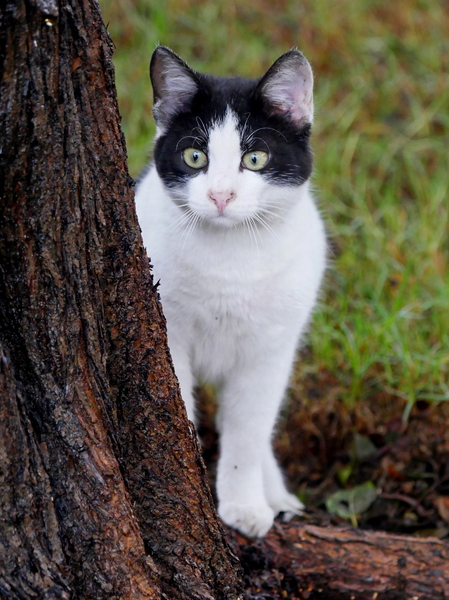
Cat litter and litter boxes play an essential role in the lives of both cats and their owners. From the simple starts of sand and soil to the ingenious advancements of today, the world of cat litter has developed considerably. In this thorough guide, we dive into every element of cat litter and litter boxes, exploring their history, types, benefits, challenges, and everything in between.
The history of cat litter dates back centuries, with ancient civilizations using sand, soil, and even ashes as primitive litter materials. However, it wasn't until the mid-20th century that modern cat litter as we understand it emerged. In 1947, Edward copyright introduced the world's first commercial cat litter made from absorbent clay, revolutionizing the way cats relieved themselves indoors. Since then, cat litter has undergone many improvements, with the intro of clumping litter, silica gel litter, eco-friendly alternatives, and more.
Today, feline owners are spoiled for choice when it comes to selecting the ideal litter for their feline buddies. Standard clay litter stays popular for its cost and effectiveness in absorbing smells. Clumping litter, which forms strong clumps when wet, streamlines cleaning and maintenance. Silica gel litter, composed of extremely absorbent silica crystals, provides exceptional odor control and durability. Eco-friendly choices, such as recycled paper, wood pellets, corn, and wheat, attract environmentally mindful customers.
Each type of cat litter offers unique benefits. Clay litter masters its ability to soak up wetness and control odors, making it a reputable choice for lots of feline owners. Clumping litter simplifies daily scooping and extends the time in between complete litter changes. Silica gel litter supplies remarkable odor control and can last longer in between replacements. Naturally degradable litters cat litter robot offer a sustainable option that lessens environmental effect.
While cat litter improves indoor feline hygiene, it is not without its obstacles. Dust from clay litter can position respiratory dangers for both felines and people, prompting the appeal of dust-free alternatives. Some felines may establish litter box aversion due to issues with texture, fragrance, or cleanliness, demanding experimentation with different litters and box setups. Multi-cat homes might require tactical litter box placement and regular maintenance to avoid territorial conflicts and ensure all cats have access to tidy facilities.
Picking the suitable litter box is essential for promoting positive litter box routines and general feline wellness. Elements to think about include size, availability, and cat litter box self cleaning design choices. Covered litter boxes offer personal privacy and help consist of odors, but some felines may discover them confining or daunting. Open-top litter boxes use easy gain access to and visibility however might result in more litter scatter. Automatic self-cleaning litter boxes simplify cat litter robot maintenance but need regular monitoring and maintenance.
Proper litter box maintenance is vital for ensuring a tidy and welcoming environment for both cats and their owners. Daily scooping eliminates waste promptly, minimizing odor and discouraging litter box aversion. Regular litter replacement, generally every 1-2 weeks, prevents bacterial accumulation and maintains optimal absorbency. Extensive cleansing with moderate detergent and water, avoiding severe chemicals that might hinder felines from utilizing the box, must be carried out monthly.
Cat litter and litter boxes play a main role in fostering a healthy and harmonious relationship between cats and their human buddies. With a varied selection of litter options and litter box designs available, cat owners have the flexibility to tailor their options to match their cats' choices and home requirements. By comprehending the advancement, types, advantages, and obstacles of cat litter and litter boxes, family pet owners can supply their feline pals with a comfy and sanitary indoor environment.